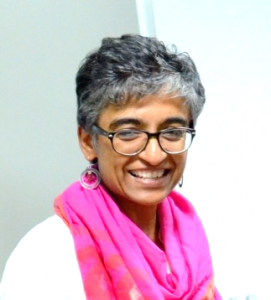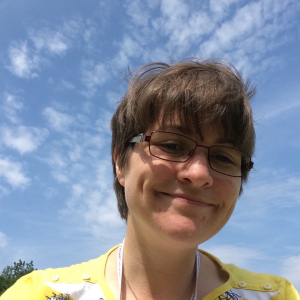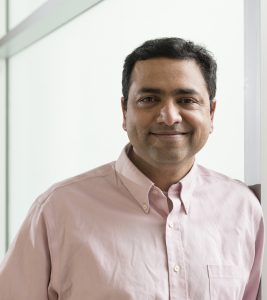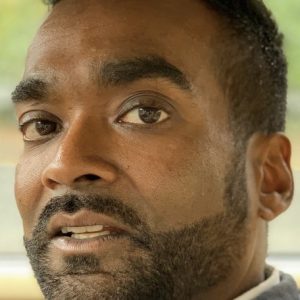
Developmental Pediatrician & Executive
Director Ummeed Child Development Centre

Co-founder, Academic Director of Global Disability
Innovation Hub and Professor at UCL’s Interaction Centre.
Disability interactions is a new framework to design technologies for people with disabilities. It forms the basis for an upcoming book. The framework comprises six principles:
Cathy Holloway is a professor of Interaction Design and Innovation at UCL’s Interaction Centre and a Co-Founder and Academic Director of the Global Disability Innovation Hub, which hosts the World Health Organization’s Collaborating Centre on Assistive Technology. Cathy’s research is focused on developing technology for people with disabilities which helps to make the world a fairer place.

Professor and Director, IT Program, Gallaudet University ,
Washington, USA.
Modern software user interfaces increasingly mirror physical and social interaction, as this leverages existing human interactive knowledge. However, the range and experience of this interaction, such as gesture and speech (or signs) is incredibly diverse and can be a barrier for users with different abilities and cultures. My research aim is to develop efficient multimodal interfaces for more inclusive and effective software for users with different abilities and backgrounds

Director, The Helen Hamlyn Centre for Design,
Royal College of Art, UK